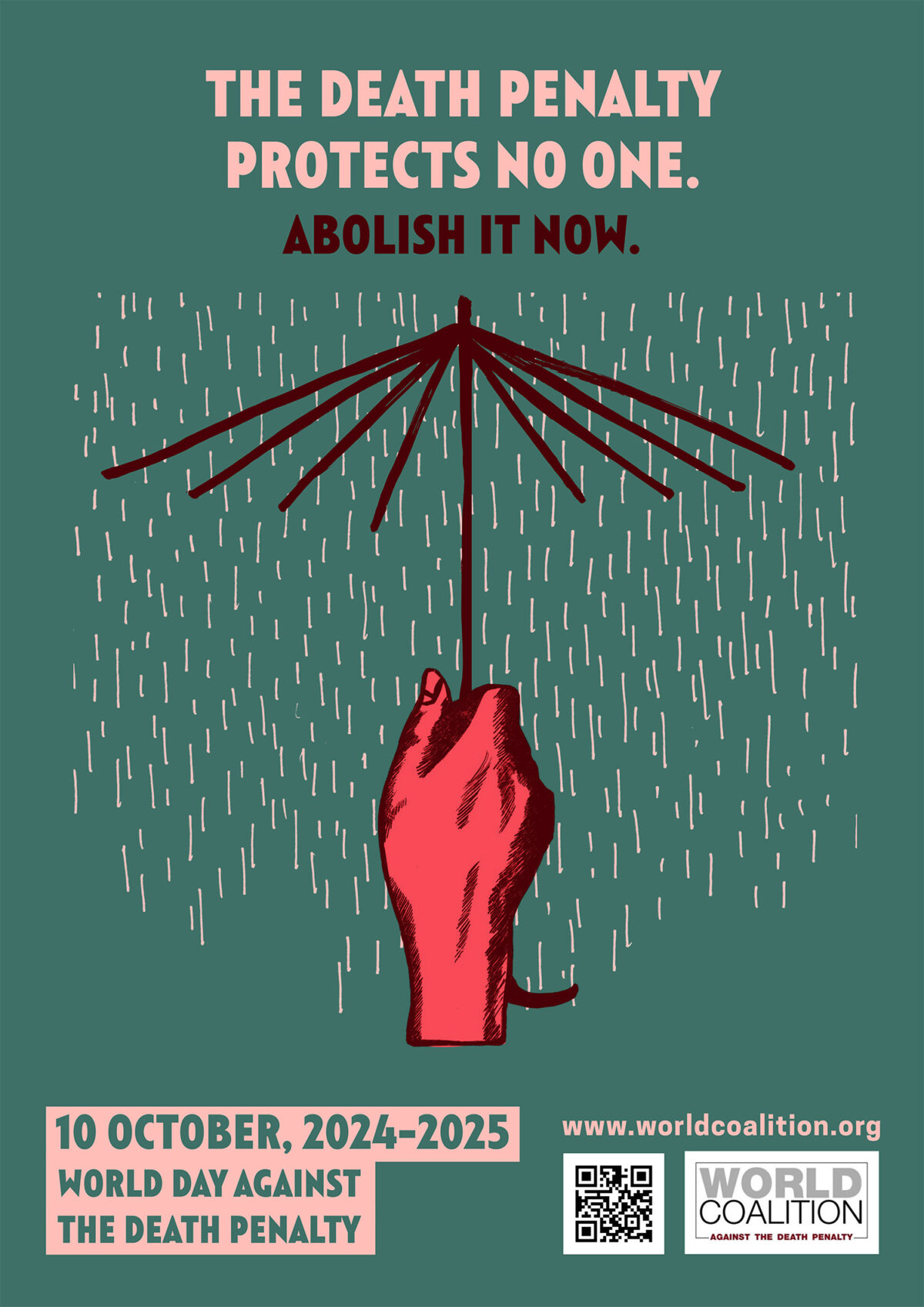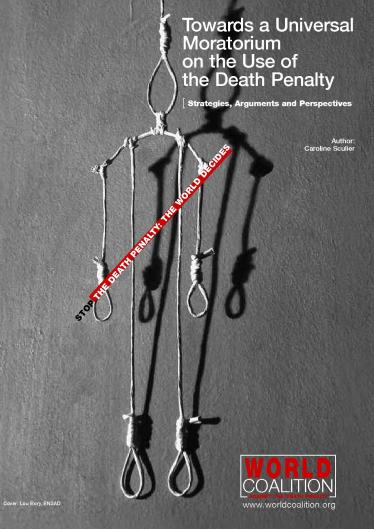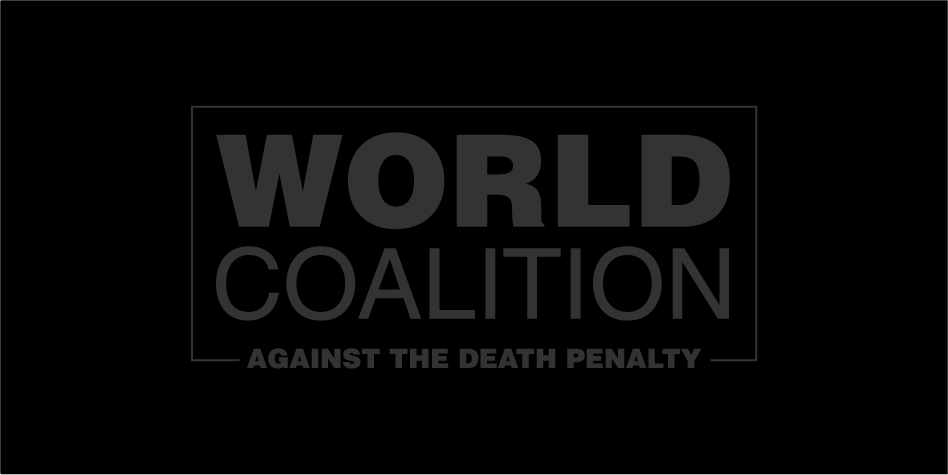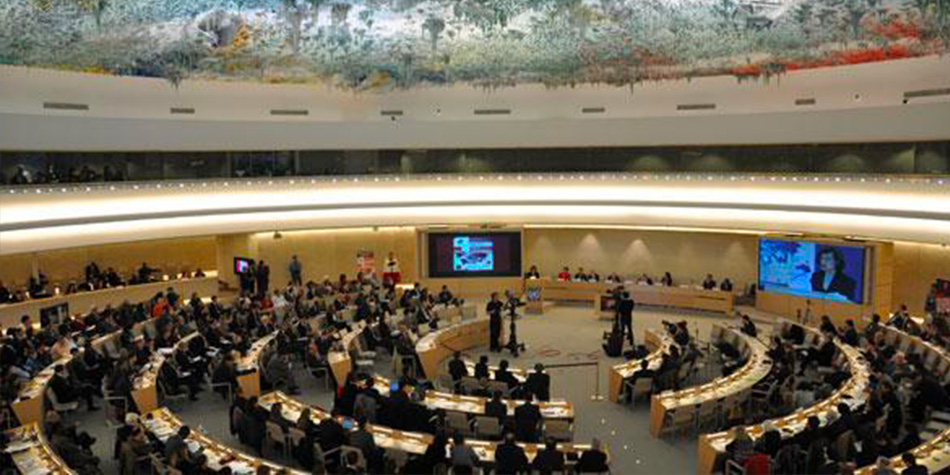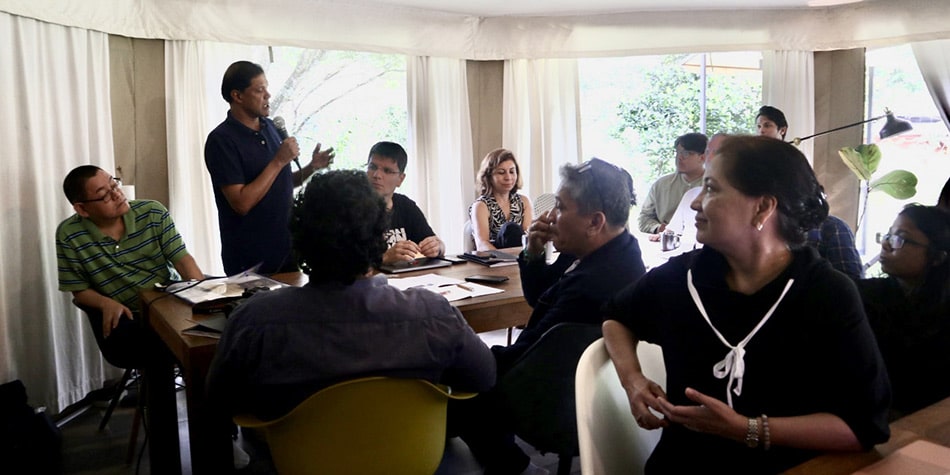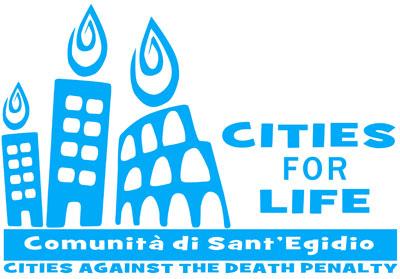
Cities for Life 2016: Let’s stay vigilant
As every year since 2002, the “Cities for Life – Cities Against the Death Penalty” International Day was celebrated on 30 November all around the world. At the initiative of the Community of Sant’Egidio, member organisation of the World Coalition Against the Death Penalty, this event took place in more than 2000 cities across all five continents. To raise the civil society’s awareness on the abolitionist cause, emblematic monuments have been enlightened. In Paris, while the abolition in France is celebrating its 35th birthday, a gathering took place in front of Victor Hugo’s house and its frontage has been illuminated.
Illuminating a monument in order to raise awareness on the abolition of the death penalty
“As the National Assembly was drafting the Constitution, the question arose. I shouted: it’s time, hurry up […] let’s celebrate today without further delay this great fact, the inviolability of human life. Let’s abolish the death penalty! The Assembly listened, but did not hear.” Quoting Victor Hugo, Christophe Girard, Mayor of the 4th arrondissement in Paris, recalled the writer’s commitment in favour of the abolitionist cause, but also the obstacles it met in France before the abolition in 1981. At the same time, other events took place in Rome, Lyon, Barcelona, Lausanne, Wiesbaden, Kristiansand, Cotonou, Dakar, New York, Rio de Janeiro… and in more than 2100 other cities around the world.
Each of those events celebrates “Cities for life – Cities against the death penalty”, demonstrating the commitment of the civil society in favour of the universal abolition and its underlying values. Paris joined the network “Cities for Life” in 2012. Today, more than 67 capital cities take part in the campaign. Among the illuminated monuments, the Colosseum in Roma, St. Bonifatius in Wiesbaden and the Conception Church in Vila Viçosa. The date chosen has a symbolic value as it celebrates the first abolition of the death penalty by a State, the Duchy of Tuscany (30 November 1786).
As Valérie Régnier, head of Sant’Egidio in France, recalled, those events support the growing consensus in favour of the universal abolition of the death penalty. To date, 105 States are abolitionist, 7 have abolished the death penalty for ordinary crimes, and 29 retain the death penalty in their legislation but do not enforce it. If the universalisation of the abolition is progressing, 57 States still use the death penalty, with various frequencies. Several speakers recalled that the fight against the death penalty also implies to be active in abolitionist countries so as to prevent the reestablishment of this cruel punishment. Marches, artistic performances, conferences are also a means to highlight the fight in favour of a justice that does not kill.
A sign of solidarity against the capital sentence
Choosing the city as the scale for mobilisation is not random. It allows to show that the peoples reject the death penalty and to focus on the civil society. When death penalty-free cities get together, they show international solidarity with the peoples still under threat of the capital punishment. In 2002, the campaign gathered 80 cities. To join the mobilisation, activists have had to come up with alternative solutions. Thus, in some South Korean cities, activists themselves now illuminate the monuments, as the mayors have refused to take a stance for the abolition of the death penalty.
This demonstration of the “universality of the abolitionist cause”, in the wording of Aurélie Plaçais, Director of the World Coalition Against The Death Penalty, is strengthened by the diversity of participants. In Rome, former death row prisoners have taken the floor. Prison system professionals in favour of the abolition have also testified. Elsewhere, families of prisoners on death row have expressed their support to the campaign.
The gathering comprises cities, points of views but also generations. Raphaël Chenuil-Hazan, Director of Ensemble contre la peine de mort (Together against the Death Penalty), calls upon the youth to join associations and to commit for the abolition: “Through the abolition, we also talk about all other human rights”.
Mobilising the youth
At a time when countries such as the Philippines and Turkey are tempted to re-establish the death penalty to fight against internal violence or terrorism, and as the number of death sentences has risen by 15% in 2015, the participants underline how important it is to provide means for the youth to understand the underlying challenges of such a punishment. “New generations were born with September 11”, Valérie Régnier explained, “and in this difficult international context, there is no obviousness on the death penalty. It is therefore crucial to raise awareness among the youth if we want to create a culture of life.”
In Paris, the call has been heard. Diane Pacreau, from “les Jeunes pour la Paix” (Youth for Peace) has taken the floor and reminded the attendants of the “worth of life”. According to the young law student, to fight against the death penalty also means to commit for peace: “Since we desire peace, and act for its establishment, shouldn’t we revolt against the violence of the capital punishment?” Within the small crowd gathered in Place des Vosges, 16 year-old Hugo, defying the cold with his friends, agrees wholeheartedly.
Categories
Public Opinion

